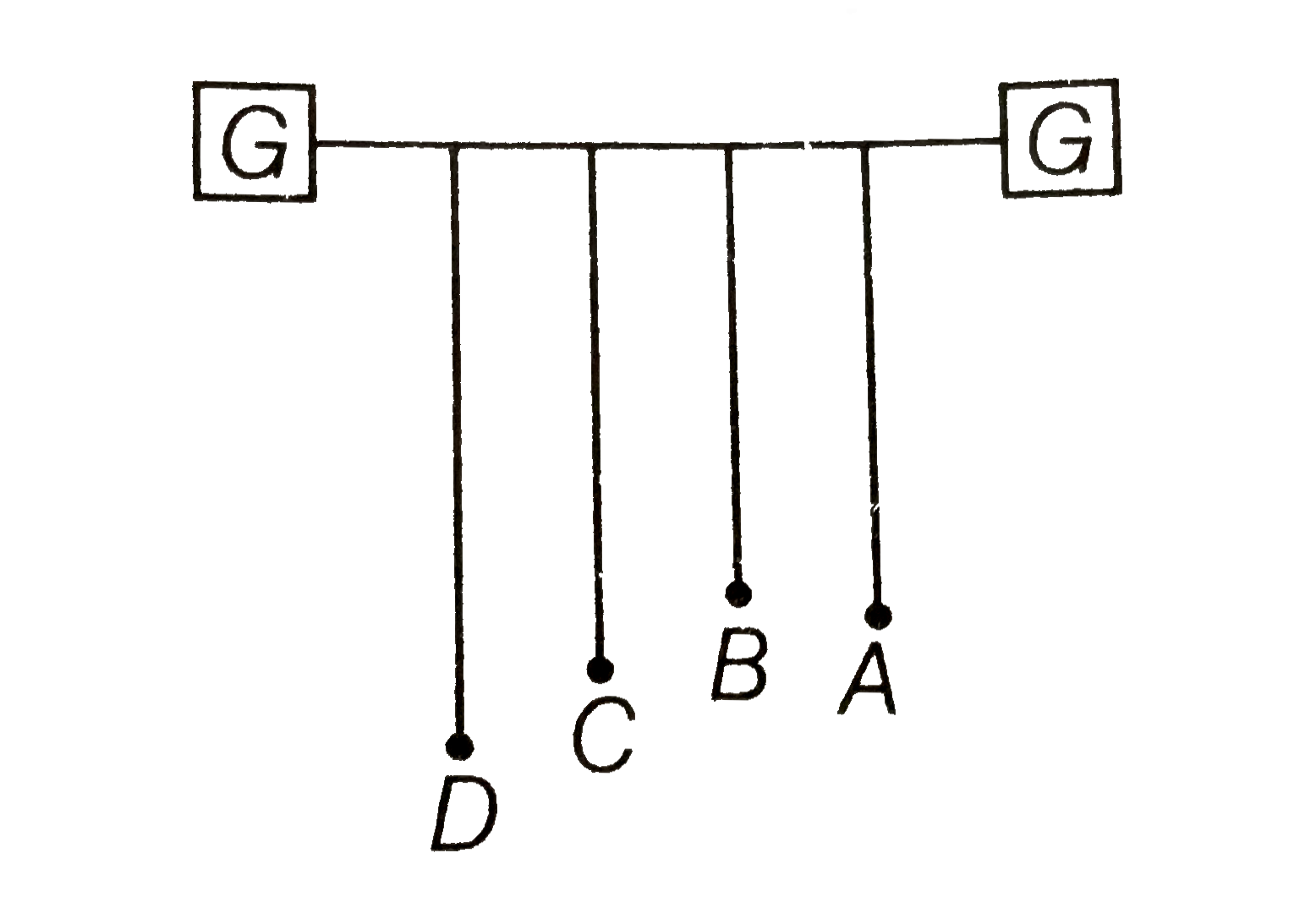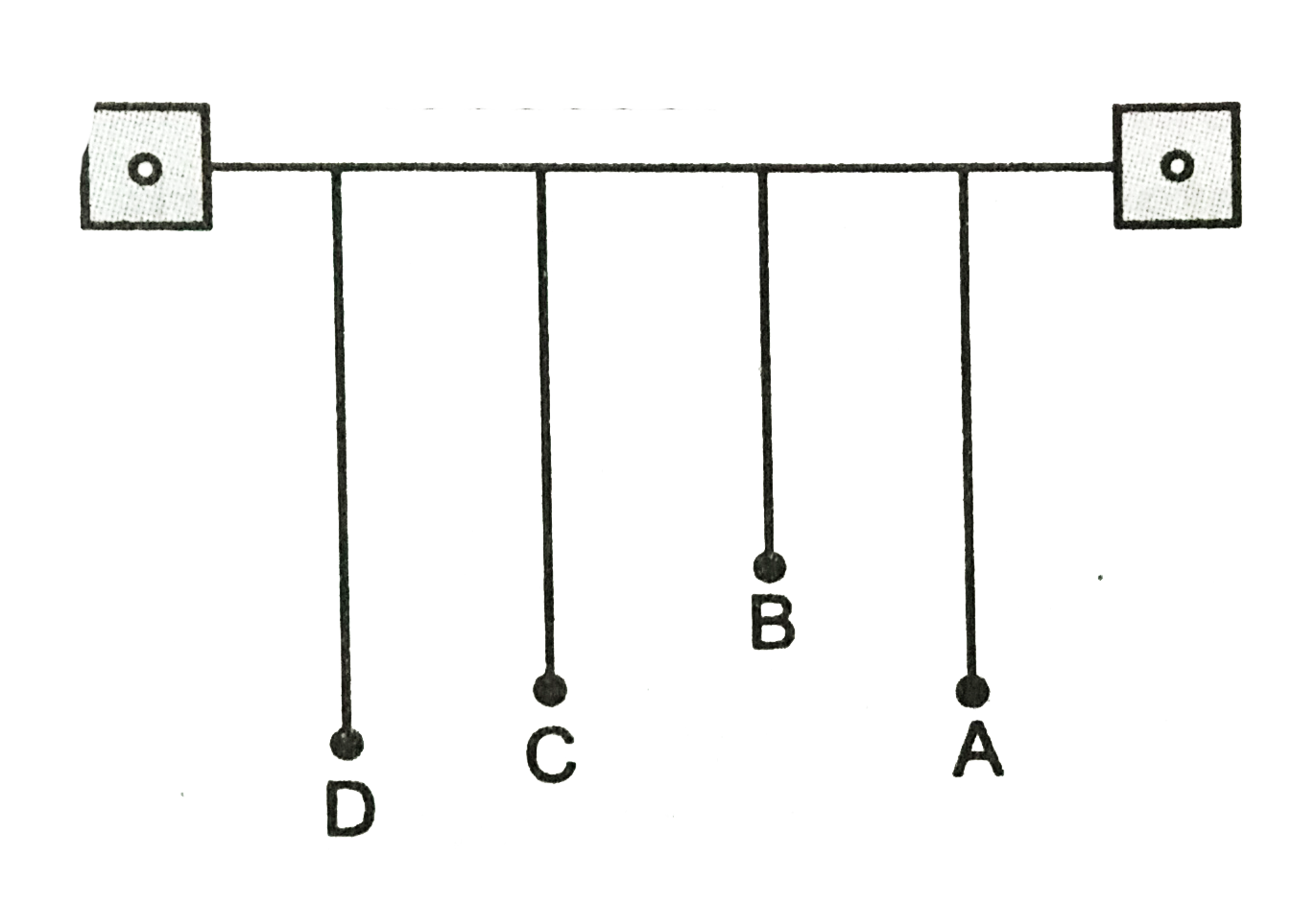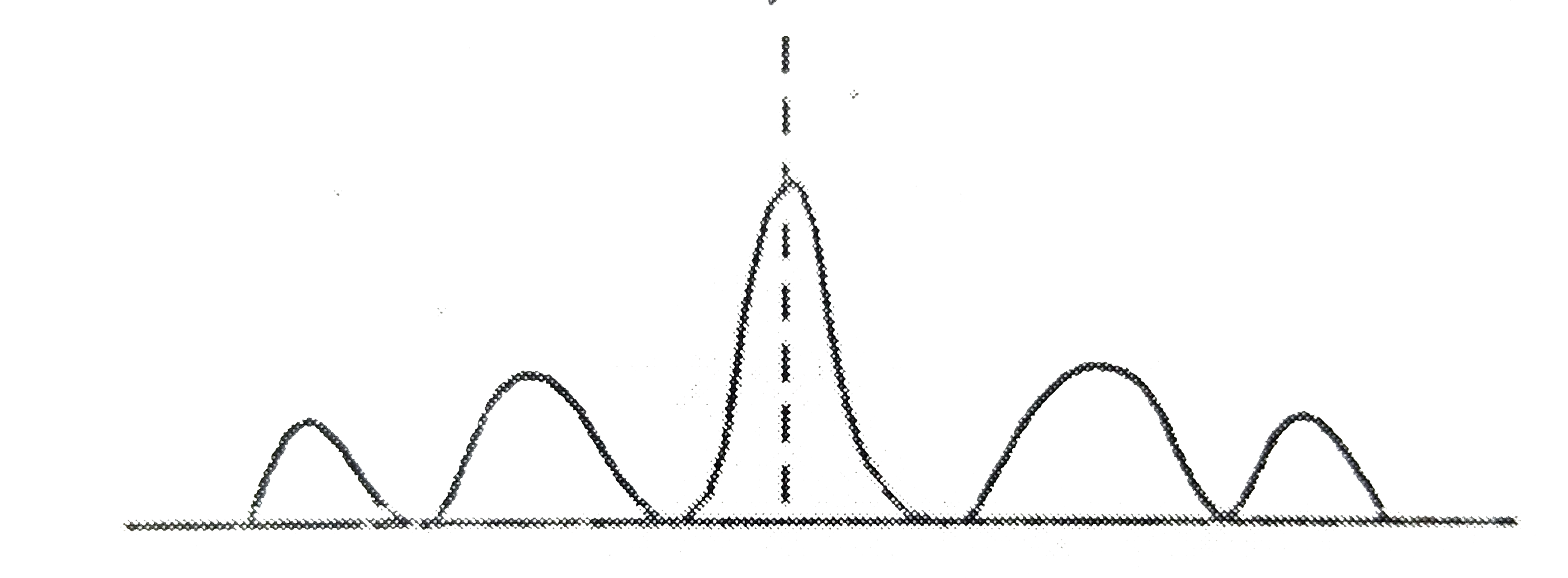What is the correct observation regarding size of egg, blastula and gastrula?
(a) There is progressive increase in size from zygote to blastula to gastrula
(b) All the three are of same size
(c) Zygote is small while blastula and gastrula are larger
(d) Gastrula is larger while zygote and blastula are of same size
There is progressive increase in size from zygote to blastula to gastrula
All the three are of same size
Zygote is small while blastula and gastrula are larger
Gastrula is larger while zygote and blastula are of same size.
The correct Answer is:A
To solve the question regarding the size of the egg, blastula, and gastrula, we can follow these steps:
1. Understanding Zygote: The zygote is the initial cell formed when a sperm fertilizes an egg. It is relatively small and is surrounded by a protective layer called the zona pellucida.
Hint: Remember that the zygote is the first stage of development after fertilization.
2. Cleavage Process: After the formation of the zygote, it undergoes cleavage, which is a series of rapid cell divisions. During this process, the zygote divides into smaller cells, but the overall size remains the same. The zygote and the resulting morula (a solid ball of cells) are of the same size.
Hint: Cleavage involves cell division without growth, keeping the size constant.
3. Formation of Blastula: The morula then transforms into a blastula through further cleavage. At this stage, the cells are still dividing, and the size of the blastula remains similar to that of the zygote and morula.
Hint: The blastula is formed from the morula but does not increase in size during this stage.
4. Gastrulation: After the blastula stage, the process of gastrulation occurs. During gastrulation, the cells begin to rearrange and differentiate, leading to the formation of the gastrula. Importantly, the zona pellucida degrades during this process, allowing the gastrula to expand.
Hint: Gastrulation is a key stage where the embryo begins to form distinct layers and increases in size.
5. Comparison of Sizes: By the end of these stages, we can conclude that:
- The zygote and blastula are of the same size.
- The gastrula is larger than both the zygote and the blastula.
Hint: Focus on the fact that the gastrula is the only stage that shows a significant increase in size compared to the zygote and blastula.
Conclusion:
Based on the observations, the correct answer to the question is:
(d) Gastrula is larger while zygote and blastula are of the same size.
- The zygote and blastula are of the same size.
- The gastrula is larger than both the zygote and the blastula.
Based on the observations, the correct answer to the question is:
(d) Gastrula is larger while zygote and blastula are of the same size.
Topper's Solved these Questions
Similar Questions
Relative sizes of egg cell, morula, blastula and gastrula cells are
(a) Egg cell is the smallest and gastrula cell is the largest
(b) All are of equal size
(c) Egg cell is the largest and morula cell is the smallest
(d) Egg cell is the largest and gastrula cell is the smaller.
View SolutionFour pendulums A, B, C and D are suspended from the same

elastic support as shown in figure. A and C are of the same length, while B is smaller than A and D is larger than A. If A is given a transverse displacement,
View SolutionFour pendulums A,B,C and D are suspended from the same elastic support as shown in figure. A and C are of the same length , while B is smaller thatn A and D is larger than A. If A is given a transverse displacement,

View SolutionCell division or mitosis is normal process in a living cell, but sudden and abnormal mitosis in an will frequently result in:
(a) Zygote
(b) Gastrula
(c) New organ
(d) Cancer
View SolutionChoose the correct statement.
a. Hydra and Adamsia both belongs to same class and exhibit only polyp from
b. Planula larva of Obelia is formed from polyp from
c. planula larva is ciliated and formed from zygote through cleavage
d. In most coelenterates fertilisation is external
View SolutionA spherical mirror produces an image of magnification -1, when an object is placed on the principal axis of the mirror at a distance of 40 cm form its pole.
(a) Identify the nature of image.
(b) Identify the nature of spherical mirror.
(c) Find the distance between the object and its image.
(d) How will the nature of the image change, if the object is shifted 10 cm towards the mirror ? Draw a ray diagram to justify your answer.
[Hint. (a) Image is real, inverted/same size as the object, (b) Concave mirror, (c) Zero, (d) Image will be formed beyond C, It will be larger in size.]
View SolutionA student places a candle flame at a distance of about 60 cm from a convex lens of focal length 10 cm and focuses the umage of the flame on a screen. After that he gradually moves the flame towards the lens and each time focuses the image on the screen.
(a) In which direction-toward or away from the lens, does he move the screen to focus the image ?
(b) How does the size of the image change ?
(c) How does the intensity of the image change as the flame moves towards the lens ?
(d) Approximately for what distance between the flame and the lens, the image formed on the screen is inverted and of the same size ?
View SolutionWhen a plane wave front of light, of wavelength λ, is incident on a narrow slit, an intensity distribution pattern, of the form shown is observed on a screen, suitably kept behind the slit. Name the phenomenon observed.

(a) Obtain the conditions for the formation of central maximum and secondary maxima and the minima.
(b) Why is there significant fall in intensity of the secondary maxima compared to the central maximum, whereas in double slit experiment all the bright fringes are of the same intensity ?
(c) When the width of the slit is made double the original width, how is the size of the central band affected ?
View SolutionIt is not possible to measure the atomic radius prectsely since the electron cloub surrouding the atom does not have a sharp boundary. One practial approach to estimate the size of an atom of a non-metallic element is to measure the distance between two atoms when they are bound togther by a signle bond in a covalent molecule and then dividing by two. For metals we define the term "matellic radius" which is taken as half the internuclear distance separating the metal cores in the metallic crystal. Then van der waal's radius represents the over all size of the atoms which includes its valence shell in a non bonded situation. It is the half of the distance between two similar atoms in separate molecules in a solid. The atomis radius decreases across a period and increases down the group. Same trends are observed in case of ionic radius. Ionic radius of the species having same number of electrons depends on the number of protons in their nuclei. Sometimes, atomic and ionic radii give unexpected trends due to poor shielding of nuclear charge by d-and f−orbital electrons.
Now answer the following three questions:
Select the INCORRECT option regarding atomic//ionic sizes:
View SolutionIt is not possible to measure the atomic radius precisely since the electron cloud surrounding the atom does not have a sharp boundary. One practical approach to estimate the size of an atom of a non-metallic element is to measure the distance between two atoms when they are bound together by a single bond in a covalent molecule and then dividing by two. For metals we define the term "metallic radius" which is taken as half the inter nuclear distance separating the metal cores in the metallic crystal. Then van der waal's radius represents the over all size of the atoms which includes its valence shell in a non bonded situation. It is the half of the distance between two similar atoms in separate molecules in a solid. The atomic radius decreases across a period and increases down the group. Same trends are observed in case of ionic radius. Ionic radius of the species having same number of electrons depends on the number of protons in their nuclei. Sometimes, atomic and ionic radii give unexpected trends due to poor shielding of nuclear charge by d-and f−orbital electrons.
Now answer the following three questions:
K+,CI−,Ca2+,S2− ions are isoelectronic. The decreasing order of their size is:
View Solution
